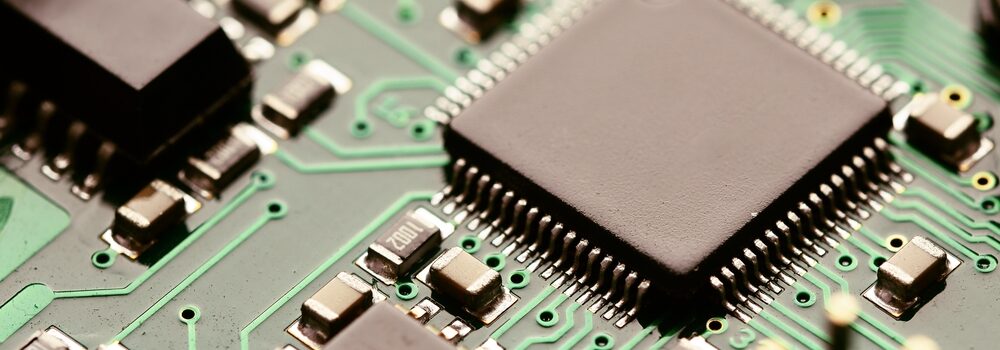
How Electronics Transformed the Track
Recent news reports show that there are an increasing number of jockeys using electronic devices on horses. It is illegal in all horse racing competitions to use electric shock gadgets. However, these so-called “buzzers” still make their way inside the track. According to the People for Ethical Treatment of Animals (PETA), these devices stimulate the horses, making them run faster.
Despite this upsetting news, not all electronic devices and equipment involved in horse racing are used in awful ways. Some of them have, in fact, developed the horse racing competitions that we know today. For instance, we can now make bets via the Internet or through online bookmakers. If you want to try your luck, you can click here to check the site out.
- Gambling
As mentioned earlier, the technology has streamlined and organized the sports betting industry. To simply put it, gambling was transformed through technology, as it has been through the ages.
Betting on line on horse racing events has certain merits. Aside from the convenience it presents to punters, it is safe and easy to do. You can also get the best possible odds on each race. Moreover, certain betting sites do offer bonuses, rewards and rebates, especially to loyal customers and first-time punters.
Electric Gates
The Los Angeles Time reported that today’s electrical gates started the modernization and changes in horse racing. Because of these gates, every horse race tournament we know had a fair and clear start.
Clay Puett invented the electrical starting gates used in horse racing. Today’s electric gates used in almost all parts of the world are based on the designs of Puett’s gates. To date, his company supplies electrical starting gates to more than fifty percent of key race horse tracks in the United States and Canada.
- Sensors
Sensors present in saddle cloth of horses digitized racehorse competitions. These devices collate real-time data about the race. The information collected will be transformed into graphics. These give details which of the horses is leading the race.
The tracker works through the RF tag embedded in the saddle cloth. Antennas and transmitters in and around the track save the data collected by the sensors. Trakus introduced this technological brilliance in the market. The company have tracked at least 80,000 racehorse events in Australia, Abu Dhabi and other parts of the world.
